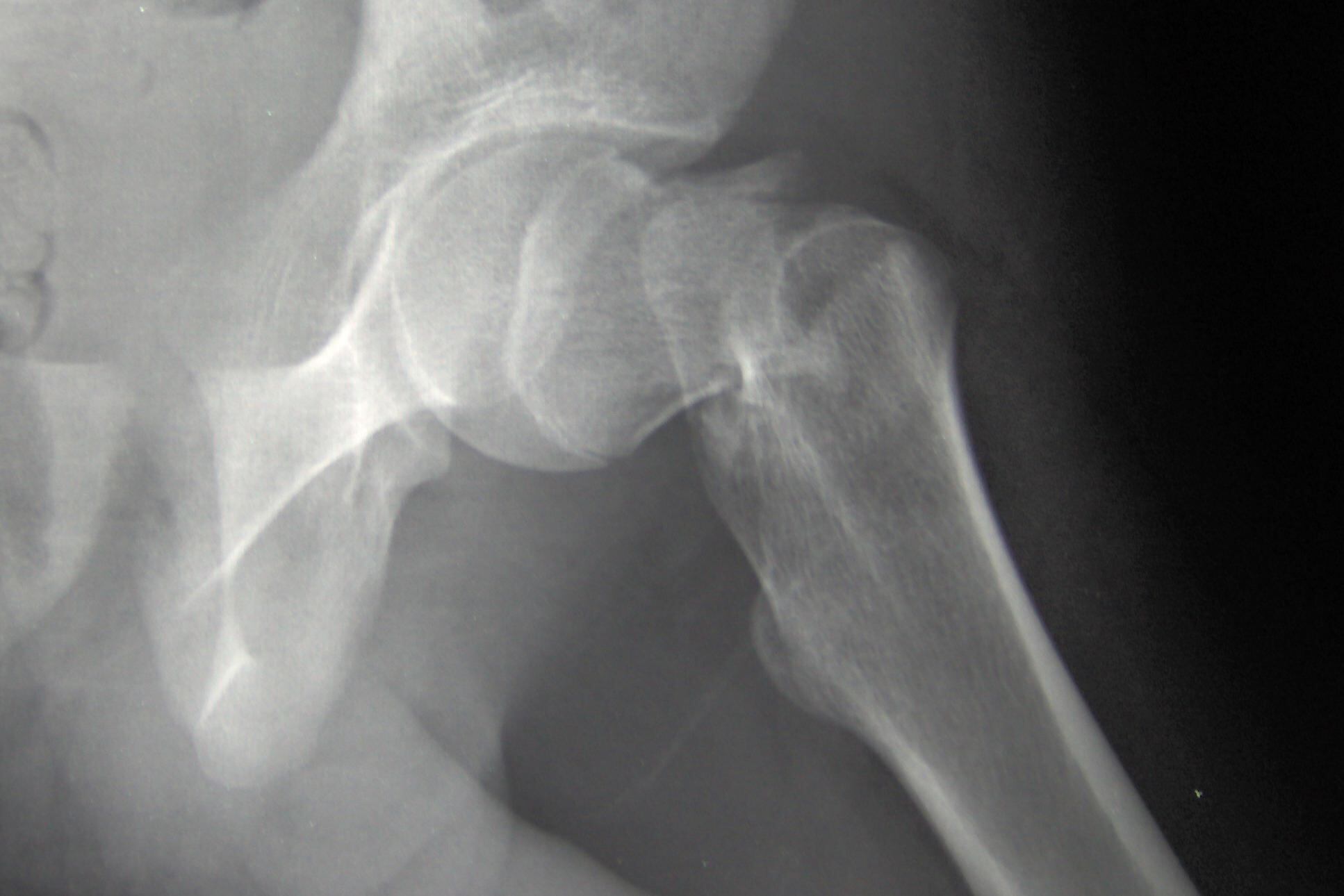The mouse data, published in the Journal of Endocrinology, found intakes of vitamin A at levels equivalent to 4.5-13 times the human recommended daily allowance (RDA) – over a sustained period – was linked to significant weakening of the bones.
Led by Dr Ulf Lerner and colleagues from Sahlgrenska Academy at the University of Gothenburg, Sweden, the team behind the mouse study said the findings suggest people should be cautious of over-supplementing vitamin A in their diets.
"Overconsumption of vitamin A may be an increasing problem as many more people now take vitamin supplements,” commented Lerner. “Overdose of vitamin A could be increasing the risk of bone weakening disorders in humans but more studies are needed to investigate this. In the majority of cases, a balanced diet is perfectly sufficient to maintain the body's nutritional needs for vitamin A."
Previous studies in mice have shown that short-term overdosing of vitamin A, at the equivalent of 13-142 times the recommended daily allowance in people, results in decreased bone thickness and an increased fracture risk after just 1-2 weeks.
"Previous studies in rodents have shown that vitamin A decreases bone thickness but these studies were performed with very high doses of vitamin A, over a short period of time. In our study we have shown that much lower concentrations of vitamin A, a range more relevant for humans, still decreases rodent bone thickness and strength,” said Lerner.
Nutra notes
Vitamin A is an essential vitamin that is important for the maintenance of healthy vision, and the growth and integrity of cells in body tissues. The most specific clinical consequence of deficiency is xerophthalmia, an eye condition that typically affects young children. Vitamin A deficiency is also associated in some low-income countries with respiratory infection, diarrhoea and increased mortality.
In 2015, the European Food Safety Authority (EFSA) published its most recent scientific opinion and reference values for vitamin A. In it, the Panel on Dietetic Products, Nutrition and Allergies (NDA) set daily population reference intakes (PRIs) for vitamin A of:
- 750 μg for men and 650 μg for women
- 250 to 750 μg for infants and children.
- 700 μg for pregnant women, which is higher than the adult PRI to allow for needs of the foetus and the growth of maternal tissues.
The EFSA report also refers to data from its ‘Comprehensive Food Consumption Database and Nutrient Composition Database’, which shows that in the EU average vitamin A intake ranges between:
- 409–651 μg/day for children aged 1 to 3
- 607–889 μg/day for children aged 3 to 10
- 597–1,078 μg/day for adolescents (10 to 18 years);
- 816–1,498 μg/day for adults.
Some evidence, however, has suggested that people who take vitamin A supplements may be increasing their risk of bone damage.
The 2015 EFSA opinion noted that an increased risk of bone fracture has been reported for an intake of 1,500 µg RE/day or higher – adding that presumed mechanisms for this are related to a possible effect of retinoic acid on bone cells (osteoblasts and osteoclasts) and a molecular interaction of vitamin A and vitamin D.
“Overall, the SCF [Scientific Committee for Food] considered that the available data did not provide sufficient evidence of causality, owing to the possibility of residual confounding, and were not appropriate for establishing a UL,” noted the EFSA document. “The SCF noted that “because the tolerable upper level may not adequately address the possible risk of bone fracture in particularly vulnerable groups, it would be advisable for postmenopausal women, who are at greater risk of osteoporosis, to restrict their intake to 1 500 µg RE/day”.
Furthermore, a report from the UK’s Scientific Advisory Committee on Nutrition (SACN) concluded that the evidence of an association between high intake of retinol and poor bone health was ‘inconsistent’.
Study details
The new data from the Swedish researchers uses a mouse model to investigate the effects of doses lower than those previously tested. They reported that mice given lower doses of vitamin A equivalent to 4.5-13 times the RDA in humans, over a longer time period, showed thinning of their bones after just 8 days, which progressed over the ten week study period.
Time dependent decreases in periosteal circumference were found with the supplemented dose, said Lerner and colleagues.
Increasing doses of vitamin A also decreased endocortical circumference, resulting in decreased marrow area, a response associated with enhanced endocortical bone formation, they added.
“In conclusion, our results indicate that even clinically relevant doses of vitamin A have a negative impact on the amount of cortical bone,” stated the authors.
Next, Lerner and his team say they plan to investigate if human-relevant doses of vitamin A affect bone growth induced by exercise, which was not addressed in this study. Additionally, the team will study the effects of vitamin A supplementation in older mice, where growth of the skeleton has ceased, as is seen in the elderly.
Source: Journal of Endocrinology
Published online ahead of print, doi: 10.1530/JOE-18-0316
“Clinically relevant doses of vitamin A decrease cortical bone mass in mice”
Authors: Vikte Lionikaite, et al

